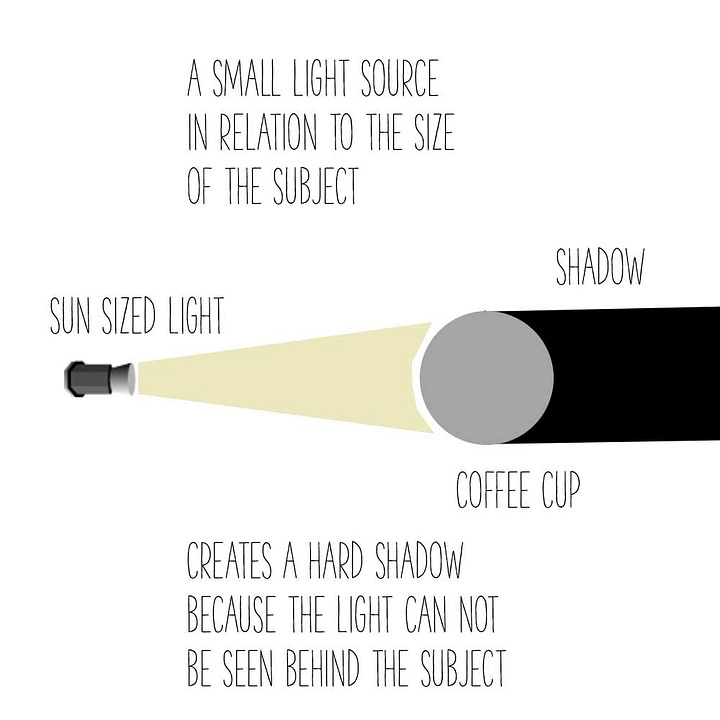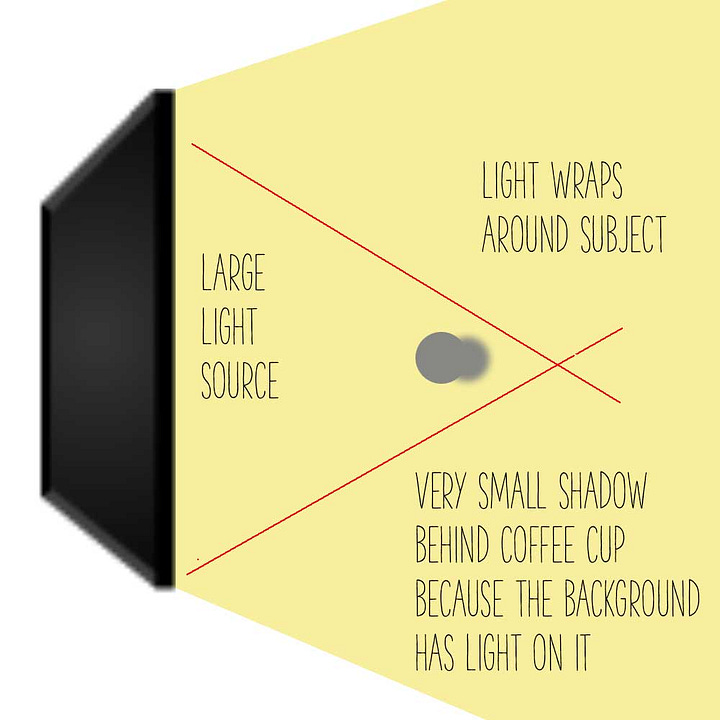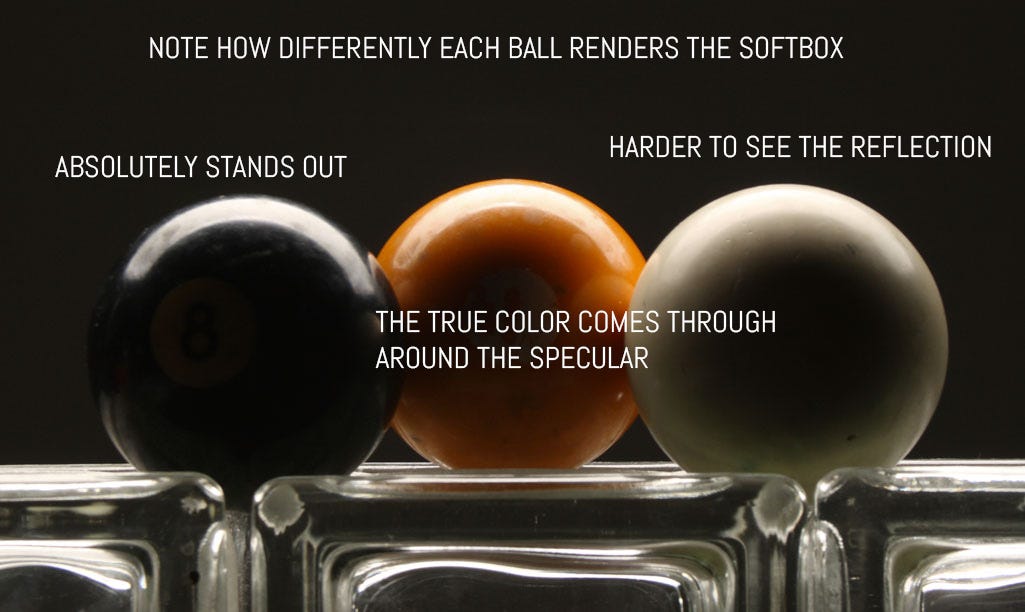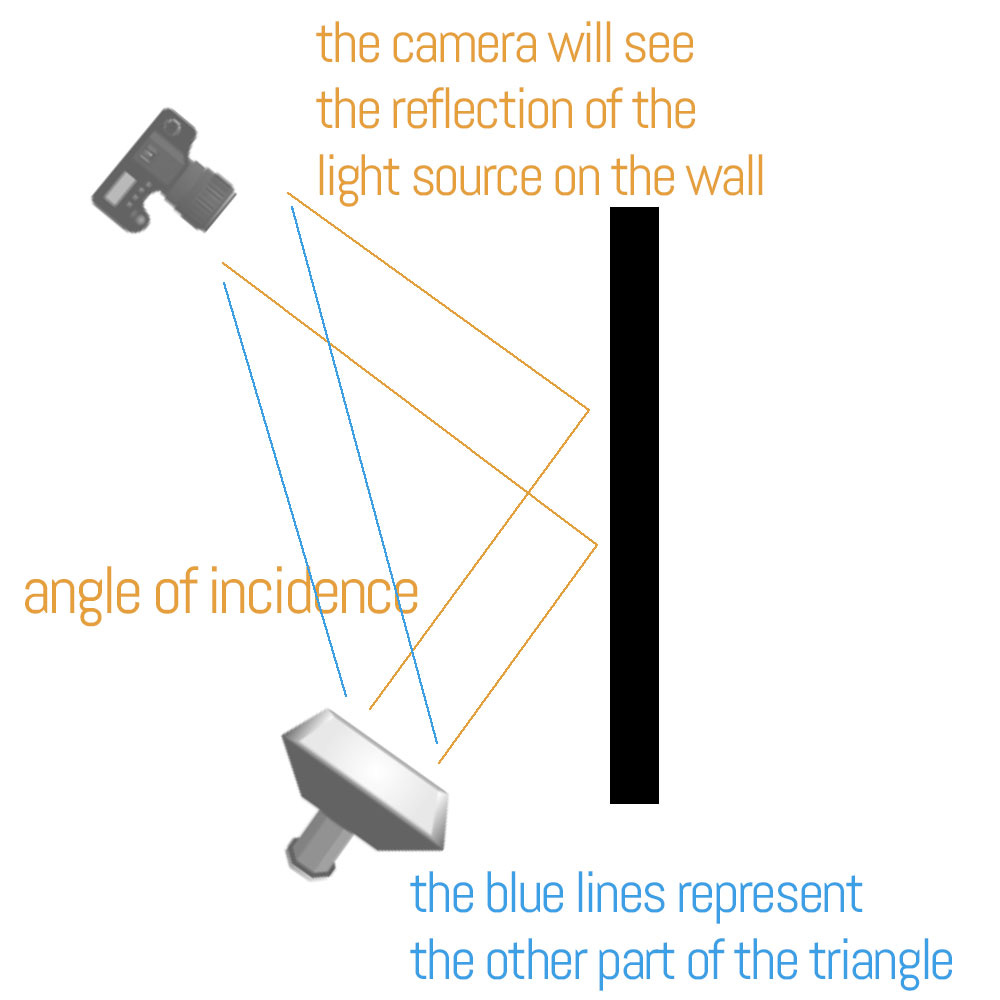Subject-Centric Lighting: My Approach to Photographic Lighting
An introduction to a different way to think about light.
Hi, and welcome to my little Substack corner. I write about photography, art, design, and the craft of living creatively. I am glad you are here. Consider subscribing to keep up with what I am doing. I promise not to bore you. If you would like to support my efforts, that would be amazing and so appreciated. Either way, I am super happy you are here.
Audio Introduction to Subject Centric Lighting.
Have you ever wondered why the same lighting setup looks fantastic on one subject but falls flat on another? The answer lies in a concept called "subject-centric lighting"—an approach approaches lighting in a distinctly deliberate way.
Most photographers think about lighting first: "I'll use a softbox for this shot" or "This requires a beauty dish." For reasons unexplained, the tool is chosen first.
But subject-centric lighting encourages us to start with an understanding of our subject and how it will interact with light. This fundamental shift in thinking can transform your photography by making your lighting decisions more intentional and effective.
The core philosophy is simple yet powerful:
Light does the same thing every time – it is the subjects that change the game.
Like a saxophone producing a specific sound when certain keys are pressed, a light at a particular setting will consistently produce a measurable amount of light. What varies is how different subjects render this light based on their unique properties.
A Free Workshop for Understanding Lighting Starts here.
The Four Fundamental Principles of Light
To master subject-centric lighting, we need to understand four equally important principles that govern how light behaves:
Size of the Light Source in Relation to the Size of the Subject.
The size of your light source isn't absolute – it's relative to your subject. A 4'x5' softbox might be enormous for photographing a coffee cup but would be considered small when lighting a car.
This is where many photographers get confused. A "large" light source simply means it's large in relation to the subject. That 1'x1' softbox in your kit? It's actually a large light source when you're photographing a handful of coffee beans or a small jewelry piece.
Large relative light sources create soft shadows because the light wraps around the subject. Small relative light sources create harder, more defined shadows.


Distance
How far your light is from the subject affects both its intensity and its perceived size. As you move a light farther away, it becomes effectively smaller relative to the subject and produces harder shadows.
The Inverse Square Law tells us that light intensity decreases dramatically as distance increases. At twice the distance, you get one-quarter of the light (a decrease of two stops). This natural falloff can be used creatively to control the relationship between your subject and background.
Color
Light is never truly neutral white – it always has a color that influences your entire image. Different light sources have different colors (tungsten is orange, fluorescent is blue/green), and understanding these variations helps you create the mood you want.
While our brains automatically adjust to see "white" in various lighting conditions, cameras record the actual color of light unless we adjust the white balance.
Angle
The angle of your light source to both the subject and camera determines how light presents itself in your image. The basic physics principle of "angle of incidence equals angle of reflection" guides how light bounces off surfaces.
Different lighting angles (front light, side light, back light) reveal different aspects of your subject. Side lighting emphasizes texture, while front lighting minimizes it. The angle influences where specular highlights appear and how shadows form.
Understanding Subject Properties
Before deciding on your lighting approach, assess your subject's surface properties. These characteristics fundamentally determine how light will interact with the subject.
Everything reflects. From chrome to black paper, reflection exists. The shinier the object the more direct the reflection, while matte surfaces are more diffuse in their presentation of the light.
The Full Fee Subject Centric Lighting Course here.
True Subject Value
This refers to what the subject looks like when it's not in a specular highlight or shadow – the area that shows the actual color and surface quality. It's the foundation of how we perceive the subject.
Textured Surfaces
Rough surfaces cause light to reflect in multiple directions, creating mini highlights and shadows that reveal physical details. Texture is emphasized with hard, angled light that "scrapes" across the surface, creating contrast between the raised areas and indentations.
Matte Surfaces
Common in everyday objects like skin and cloth, matte surfaces reflect light in a softer, more diffused manner. They show light source reflections as larger, less defined areas with gradual transitions from highlight to shadow. Matte surfaces are excellent for revealing the true subject value.
Shiny/Glossy Surfaces
These highly reflective surfaces record almost perfect reflections of whatever is in front of them, including the light source and surrounding environment. When lighting shiny objects, you're essentially lighting what the object will reflect.
The Presentation of Light
The "presentation of light" refers to how the subject takes light onto its surface and reflects it back to the camera. This presentation consists of:
True subject value (the subject's inherent appearance)
Specular highlights (direct reflections of the light source)
Specular transitions (gradations between highlights and true value)
Shadow transitions (gradations between true value and shadow)
Shadows (areas not directly lit)
By understanding your subject's properties, you can predict how these elements will appear and control them using the four principles of light.
Subject-centric lighting fundamentally differs from traditional approaches by emphasizing the subject's role in determining how light appears in your final image.
Instead of starting with lighting equipment, begin by assessing your subject's properties, then select and position your lights accordingly.
Remember, the same light will behave consistently every time – it's how your subject reflects that light that creates the unique presentation in your photograph. By mastering this approach, you'll develop the ability to confidently light any subject in any scenario, creating predictable, beautiful results.
Desert Drifter: A Truly Wonderful Glimpse into the Southwest.
One of my favorite YouTube Channels is “Desert Drifter” A young man named Andrew Cross took us on adventures in the great southwest. A truly wonderful guy who loved life, loved the southwest and loved climbing scary rock mountains for a glimpse into ancient people’s lives and art.
He inspired dozens of other hikers and southwest canyoneers to look closer at what is around us. He inspired me to get out and into the desert more, and for that I will always thank him.
We lost Andrew last month, and the silence is tragic. Drunk drivers suck.
I know you would enjoy his content, and if we can keep the numbers up for a while on his YouTube, his wife would be the beneficiary of our kindness.
If you are interested in canyon country, hiking, petroglyphs, and the great outdoors, you will love his channel.
That’s it for today.
I’ll see you next time.
I do coaching for serious photographers.
When you are ready, here’s how I can help you succeed.
Group Mentorship: a small group of photographers who meet to show images, work on their portfolio, and build their businesses with help from a wonderful group. Lifetime membership for one fee.
One-on-one Mentorship: You and me - working together in an intense 6-month push to get you on the way to over $30K in additional revenue. The work we lay down will help you increase and scale your business for years ahead.
Coming in 2025, a One-on-One, 6-week plan to get your marketing system in place. You will see results immediately, and by results, I mean assigned work that pays you. More coming.









This piece illuminates the artistry behind lighting like few others—your 'subject-centric' philosophy reveals how light isn't just technical, but deeply narrative. The way you describe sculpting shadows to reveal essence rather than just features is why photography at its best feels like soul-catching. A masterclass in making technical choices serve emotional truth.